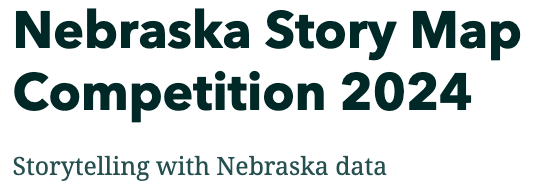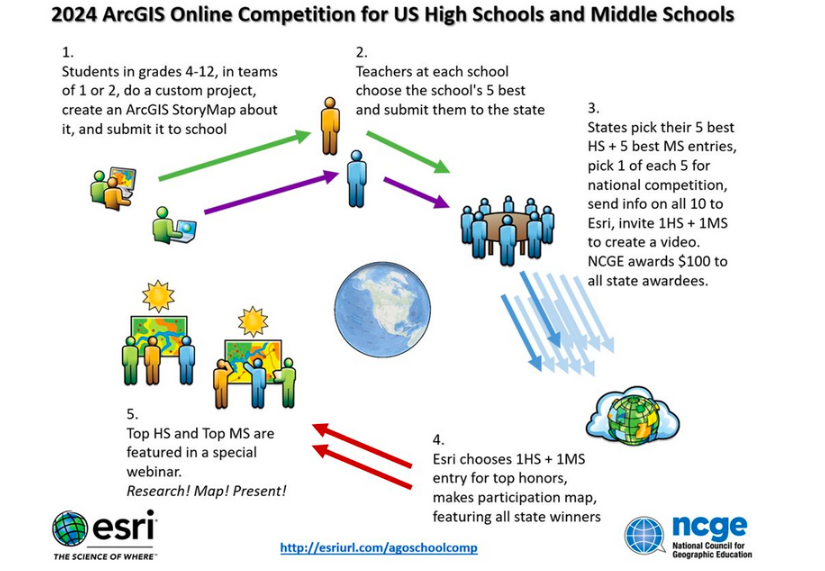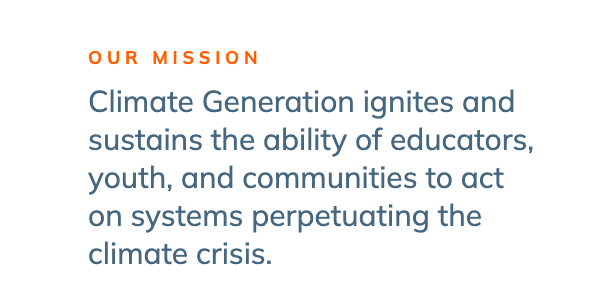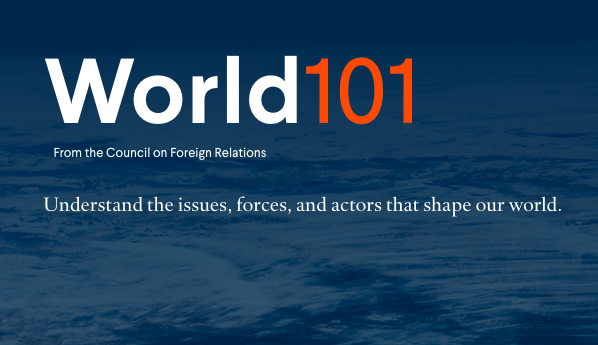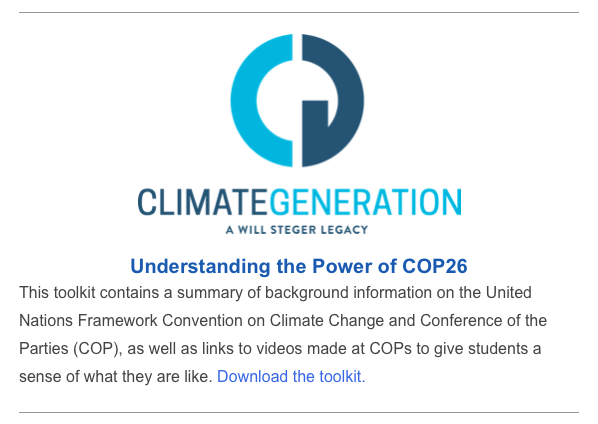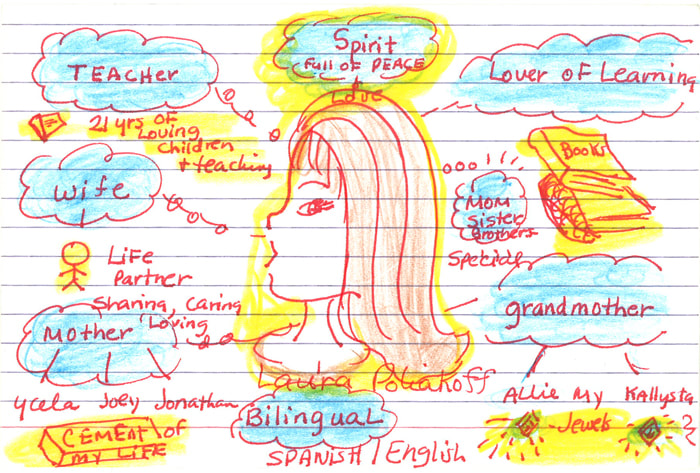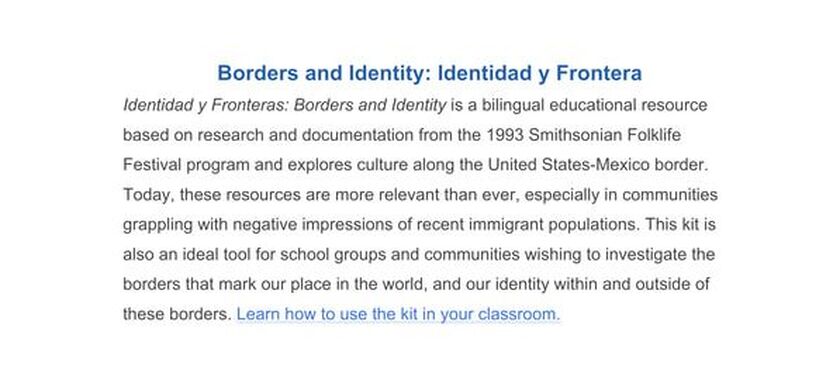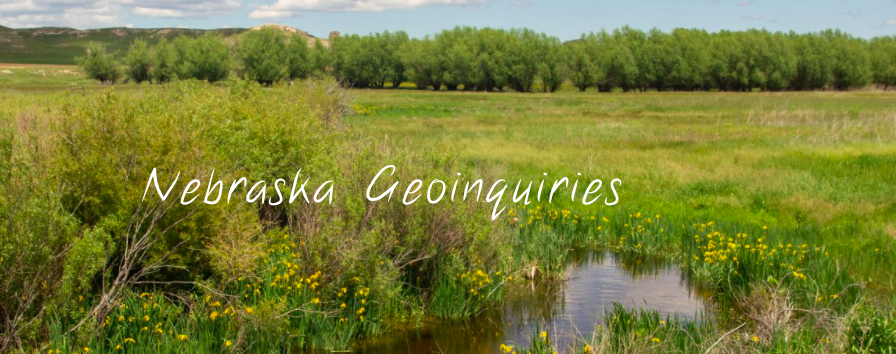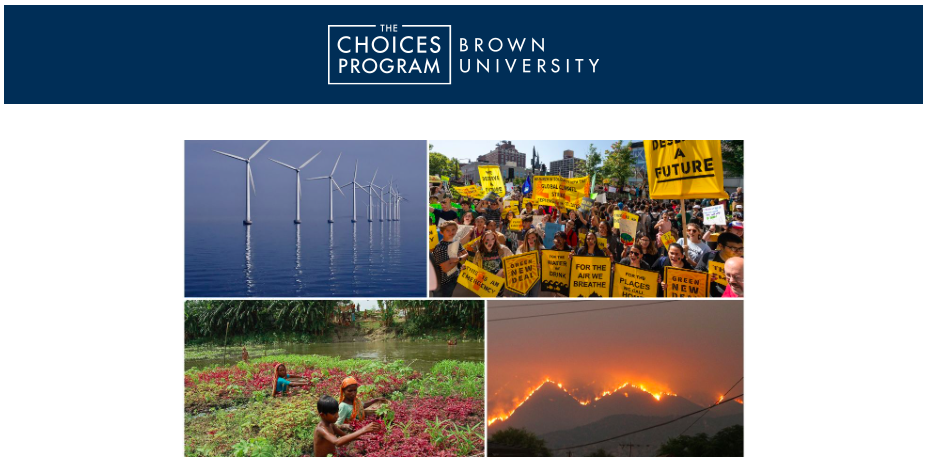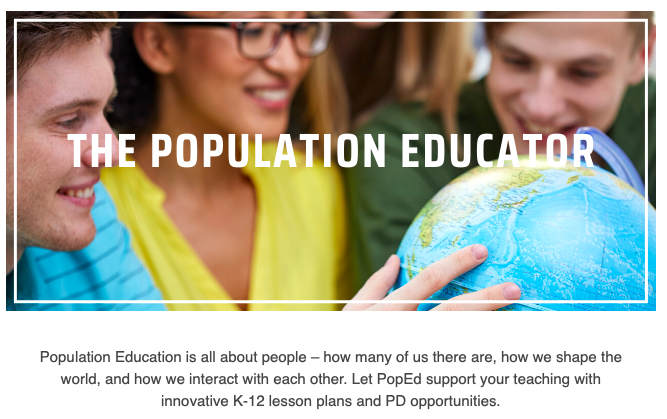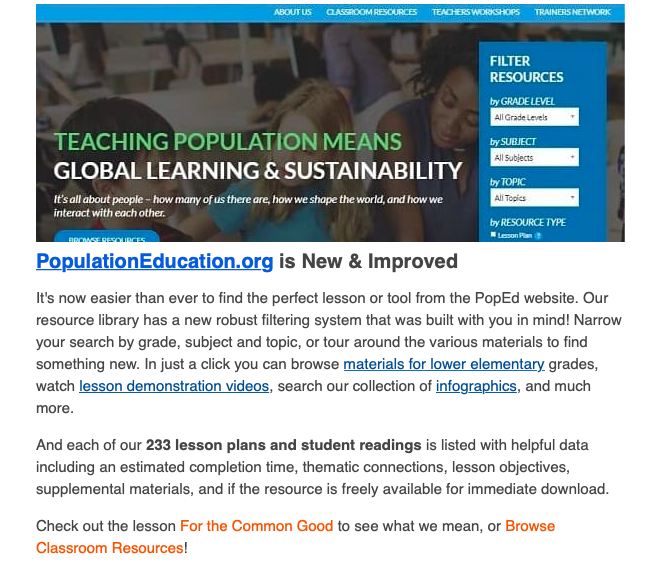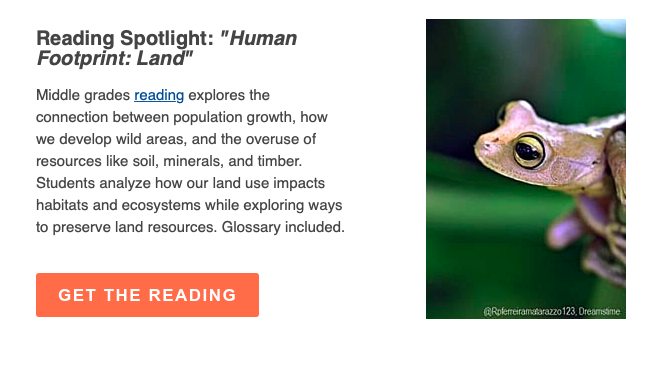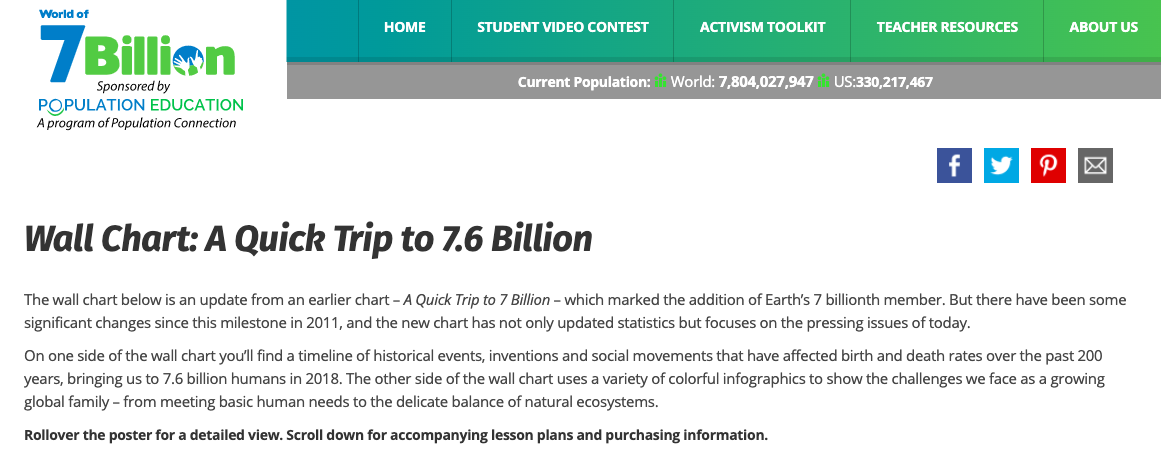See the Story Map Competition Winners on the "Educators & Students Spotlight" page!
***Geography Educators - For information on an online PhD opportunity, visit the Professional Development/Travel page.
Geoinquiry 1: A Crude Awakening (Economics and Economic Geography) The proposed Keystone XL pipeline is intended to rapidly transport petroleum from oil fields in Canada to American refineries. Supporters of the pipeline contend it will increase oil production and improve global trade while opponents are concerned about potential negative environmental impacts such as oil spills and water pollution. As such, the Keystone XL pipeline has become controversial and is a major political issue between people focusing on economic issues and people focusing on environmental issues.
Geoinquiry 2: Nebraskans at the Polls (Government and Political Geography) News agencies often like to classify states as “red states” or “blue states,” but often understanding the political learnings of a state are much more complicated. Nebraska has been no different, especially during the 2020 General Election for the U.S. Presidency. By completing Nebraska At the Polls students will investigate voting patterns across the state, and hopefully understand a need for civic participation through acts like voting.
Geoinquiry 3: Zoned Out: Redlining in Omaha (U.S. History and Geography) Following the passage of the Home Owners’ Loan Act in the 1930s’ New Deal, more than 200 US cities created "residential security maps" to protect their real estate. These maps, also known as Redline Maps, also excluded many people of color from purchasing homes in areas where citizens who were white could. The effects of this ‘redlining’ still can be seen today in cities around the country, including Omaha.
Geoinquiry 4: Where is the Beef? (Economics and Agricultural Geography) With plenty of wide open land for pastures, access to water, and good soil for growing feed, Nebraska is an ideal state for raising cattle. Both for dairy farming, and for raising beef cattle, Nebraska’s heritage as a beef state still gets overshadowed by the state’s reputation as the Cornhusker state. Where in Nebraska are Nebraska’s cattle and what infrastructure is there to support ranching and dairies?
Geoinquiry 5: Triumph and Tragedy (History and Geographic Skills) History is all around you. The events of the past had and continue to have a significant impact on our world today. This inquiry is an investigation into the connections between one of the major events in United States history, World War II, and the state of Nebraska. Students during this exercise will connect stories about events and people in Nebraska to World War II. The lesson does not tell all the stories but is a brief connection to some of the links between the state and the war. It is the hope that this activity will encourage teachers and students to dig deeper and discover more connections to this important topic.
Geoinquiry 6: Access and Barriers (Economics and Economic Geography) Students will use Central Place theory to examine the distribution of healthcare services in Nebraska. They will also examine the future issues and changes in healthcare.
Click on the Nebraska Geoinquiries header above to access downloadable materials!
****************************************************************************
DailyGeo News Blast
Sign up for the American Geographical Society's DailyGeo, a short, digital news blast that highlights geography's role in global headline stories. Delivered Monday through Friday, DailyGeo features "Where in the World," "Thumbs Up," and a "GeoQuestion." To sign up or visit their archive, see
ubique.americangeo.org/search-dailygeo/.
***************************************************************************
Sign up for the American Geographical Society's DailyGeo, a short, digital news blast that highlights geography's role in global headline stories. Delivered Monday through Friday, DailyGeo features "Where in the World," "Thumbs Up," and a "GeoQuestion." To sign up or visit their archive, see
ubique.americangeo.org/search-dailygeo/.
***************************************************************************
Earth Day has been observed annually on April 22 since its start in 1970 as a way to demonstrate support for environmental protection. Our recently updated Climate Change and Questions of Justice curriculum unit is a great way to guide discussions and learning on this topic. The unit explores the causes of climate change; the wide range of effects it has on weather, ecosystems, human health, agriculture, and international security; and the various local, national, and international responses to climate change.
The unit includes eight case studies (California, China, Colombia, Germany, Nigeria, and more) and lessons on data, media, and film analysis. It also includes lessons on mapping environmental justice and taking action.
Click on the graphic above to learn more. Please note: This is NOT a free resource.
The unit includes eight case studies (California, China, Colombia, Germany, Nigeria, and more) and lessons on data, media, and film analysis. It also includes lessons on mapping environmental justice and taking action.
Click on the graphic above to learn more. Please note: This is NOT a free resource.
**********************************************************************

